The world’s first CNC machining center that dares to provide free samples!
Our on-demand manufacturing Services can deliver high-quality metal and plastic CNC Milling & Turning parts for rapid prototyping or low-to-high volume production runs.
✅ Ideal for low to high-complexity prototyping and low-volume production.
✅ Prototype design and mass production within 3-5 days.
✅ Low cost and short delivery time are unparalleled advantages.
✅ CNC MACHINING PTE. LTD ISO 9001 Certified Factory.
✅ ±0.001mm and above precision requirements can be processed.
CNC milling involves using rotating cutting tools to remove material from a stationary workpiece. It is ideal for creating precise, detailed components with complex geometries.
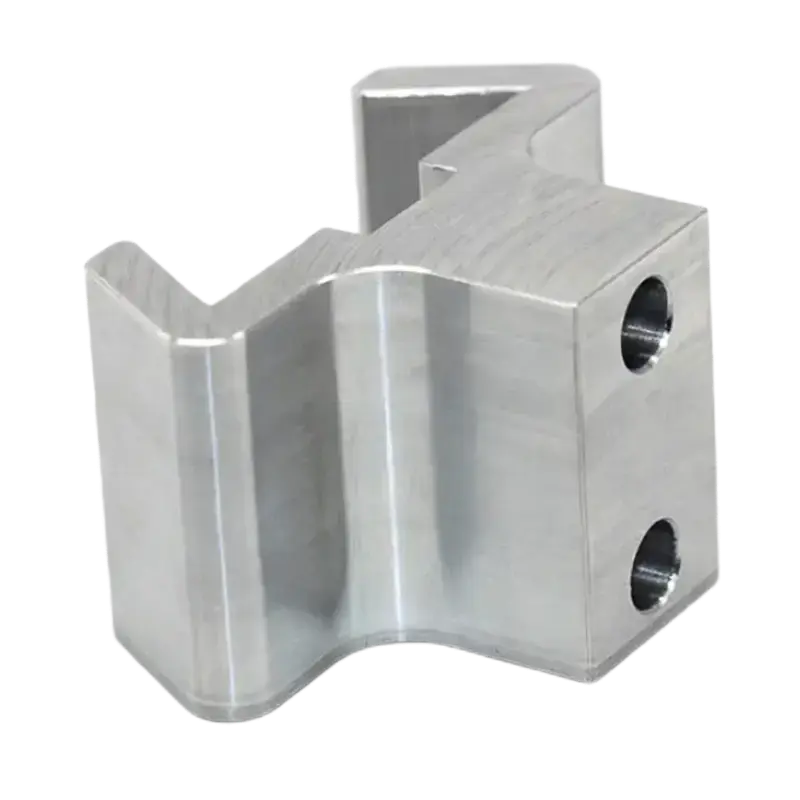
Involves a rotating workpiece and stationary cutting tools. This process is best suited for cylindrical components such as shafts, bushings, and fasteners.
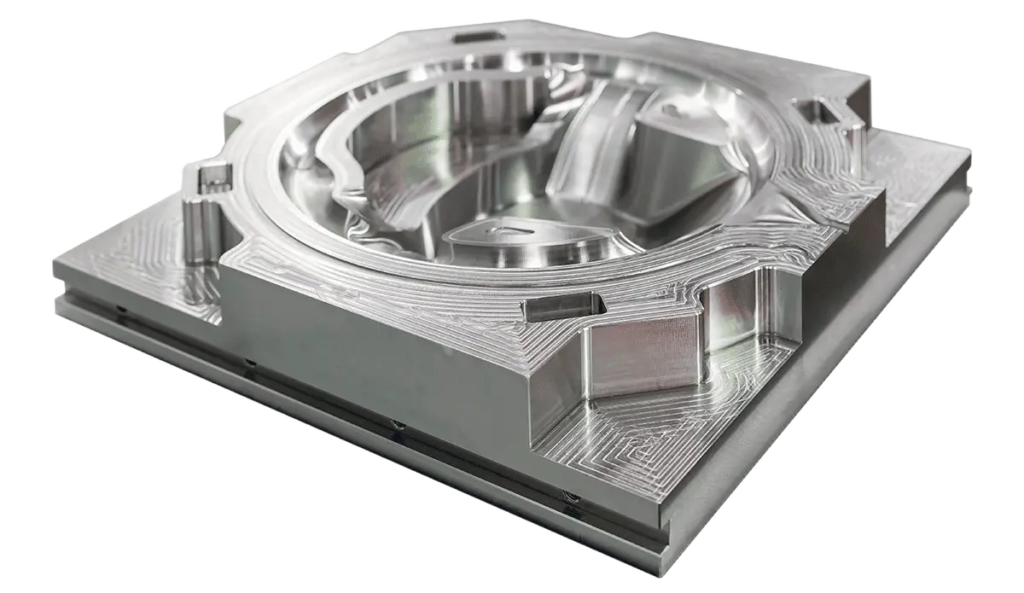
High accuracy and repeatability. Ability to work with a wide variety of materials, including metals and plastics. Capability to produce detailed 3D shapes and intricate designs.
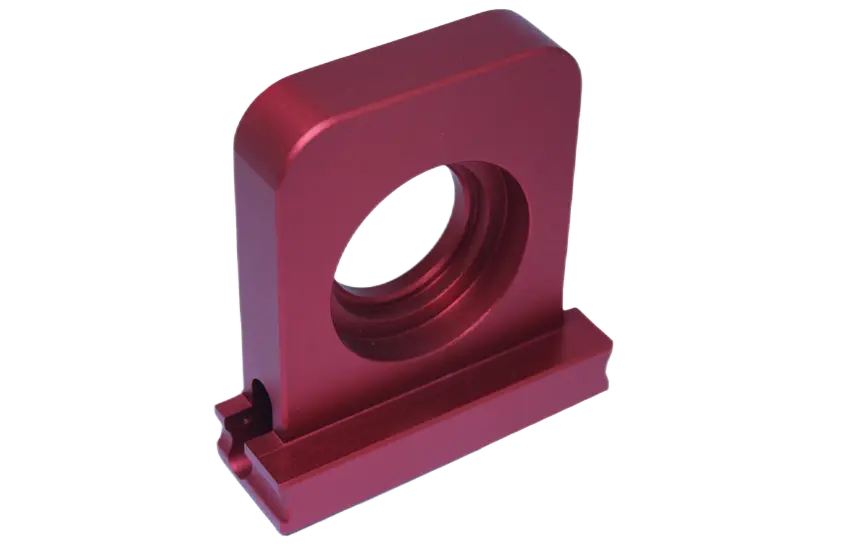
Fast production of rotationally symmetric parts. Cost-efficient for high-volume runs. Compatibility with diverse materials.
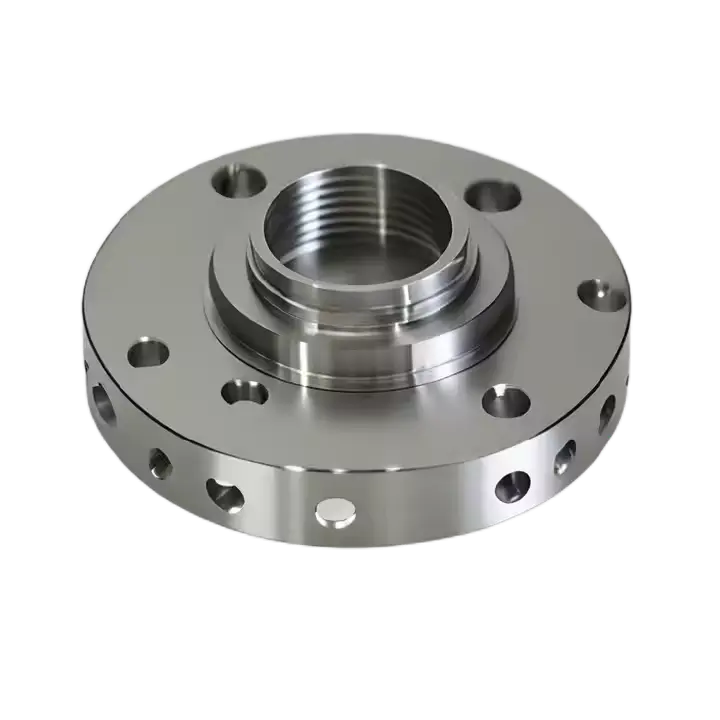
One of the Best Rapid Prototyping Companies from China, CNC MACHINING PTE. LTD is an ISO 9001:2015 certified manufacturer and is an excellent choice for custom metal and plastic parts. Whether you need a complex part made from a 3D design or a finished product for a high-level conference presentation, we can quickly produce prototypes and parts in a matter of days using CNC Milling & Turning & 3 4 and 5 Axis CNC Machines.
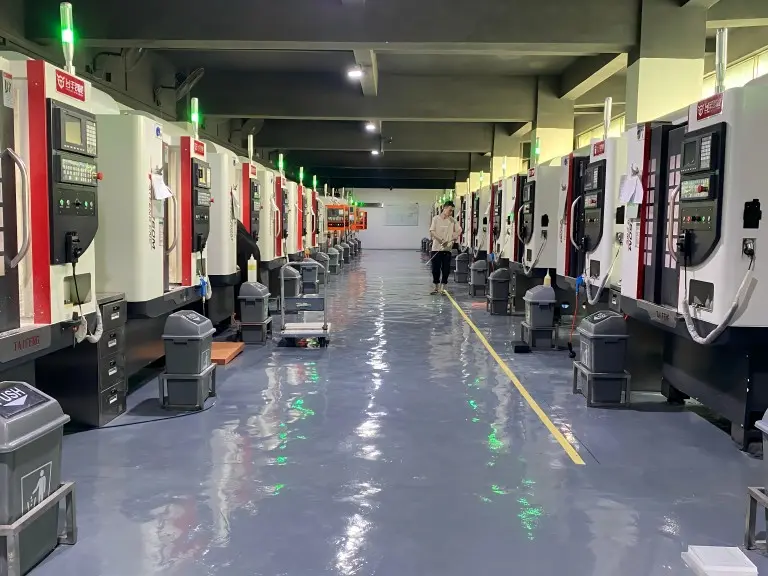


CNC Manufacturing Experts















We use CNC to quickly process small and large-volume production orders for clients in a variety of industries: industrial design, automotive parts, robotic parts, prototypes, medical devices, aerospace, defense, electronics, hardware startups, industrial automation, machinery, marine, and more.

Processing using CNC turning and milling machine is no limit on the order quantity and product value.

There are many types of materials for CNC processing. The main metal materials are: aluminum alloy, stainless steel, brass, various steels, titanium alloys, etc., which can meet the performance requirements of different materials.

One of the most important advantages of CNC prototypes is that its CNC processing accuracy is higher than other processing, and the maximum tolerance can reach ±0.001mm / 0.001 In, and multi-faceted structural products can be formed in one go.

CNC prototypes have high fidelity and high surface treatment level. After subsequent processing such as grinding, polishing, sandblasting, painting, silk screen, UV, electroplating, etc., the product effect is completely comparable to the products produced by the mold.
With years of manufacturing know-how, CNC MACHINING PTE. LTD has covered you for CNC Machining and low-volume manufacturing.
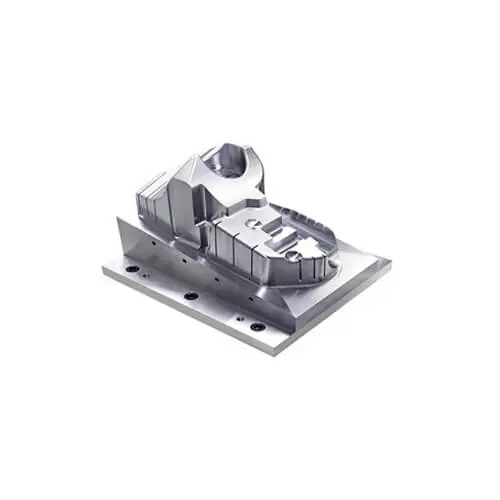
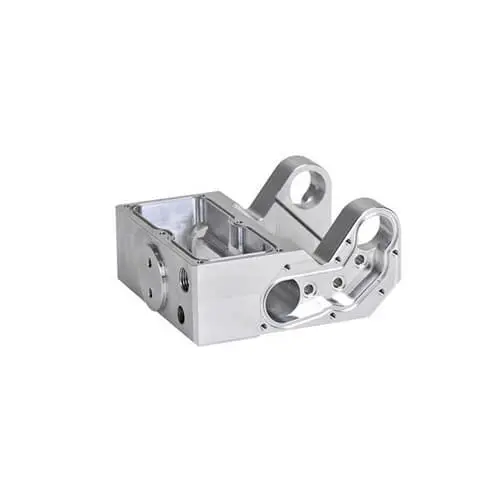
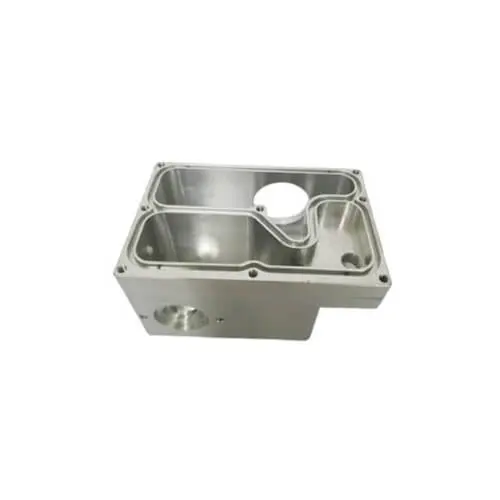
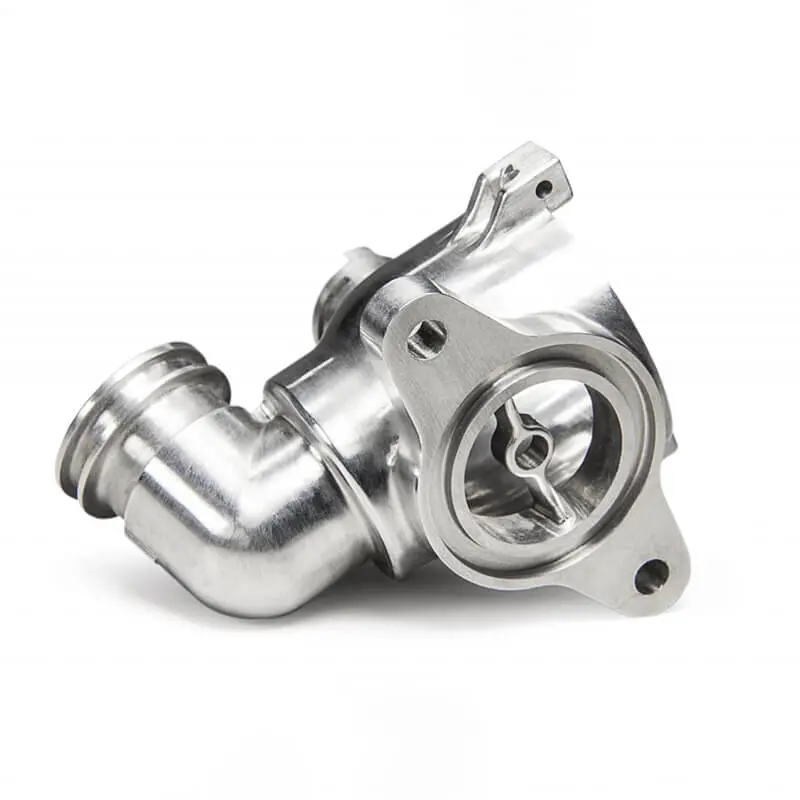
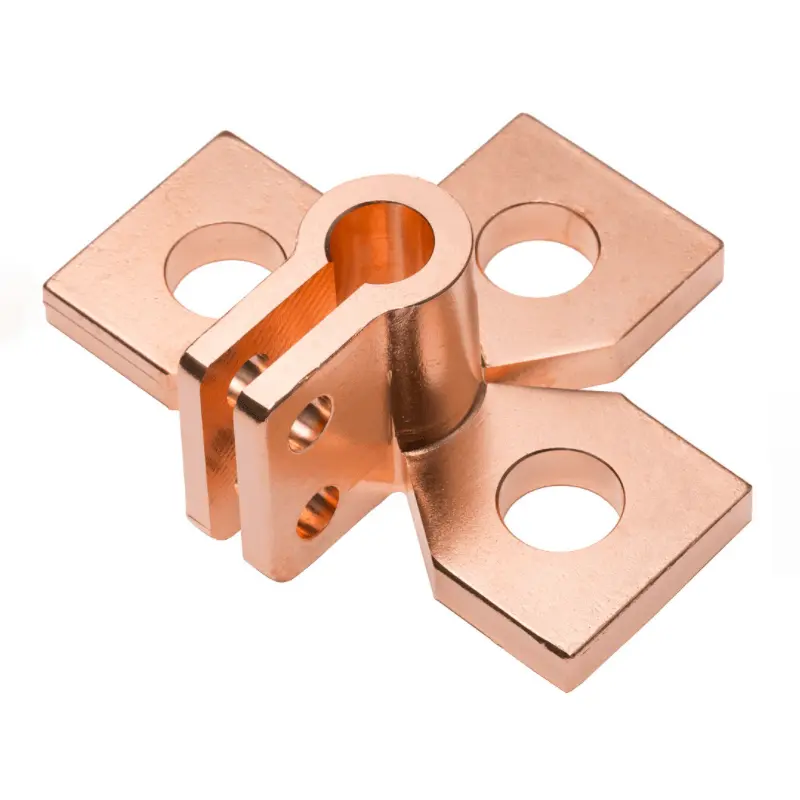
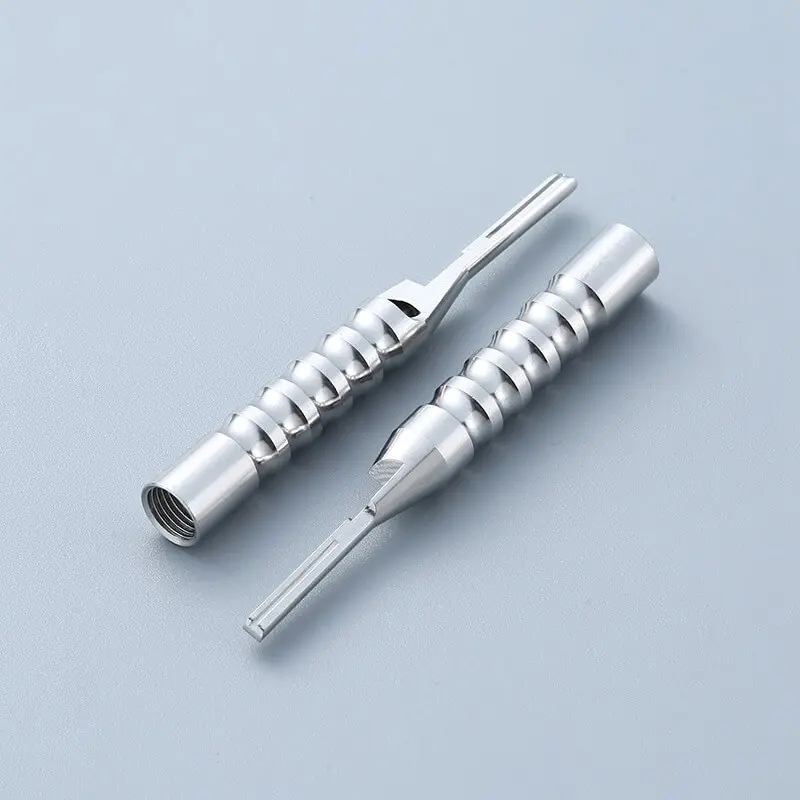
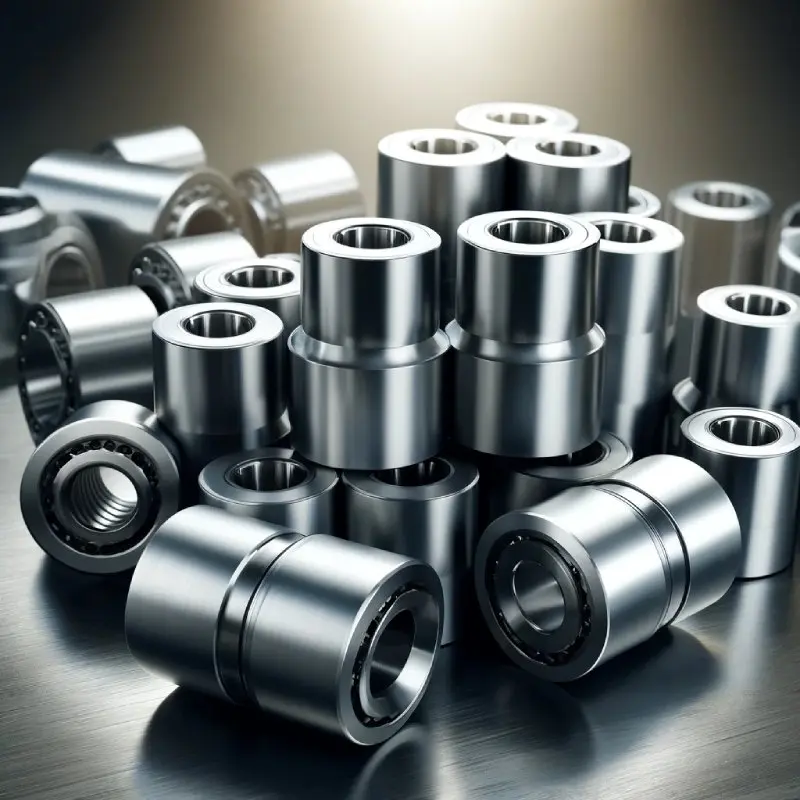
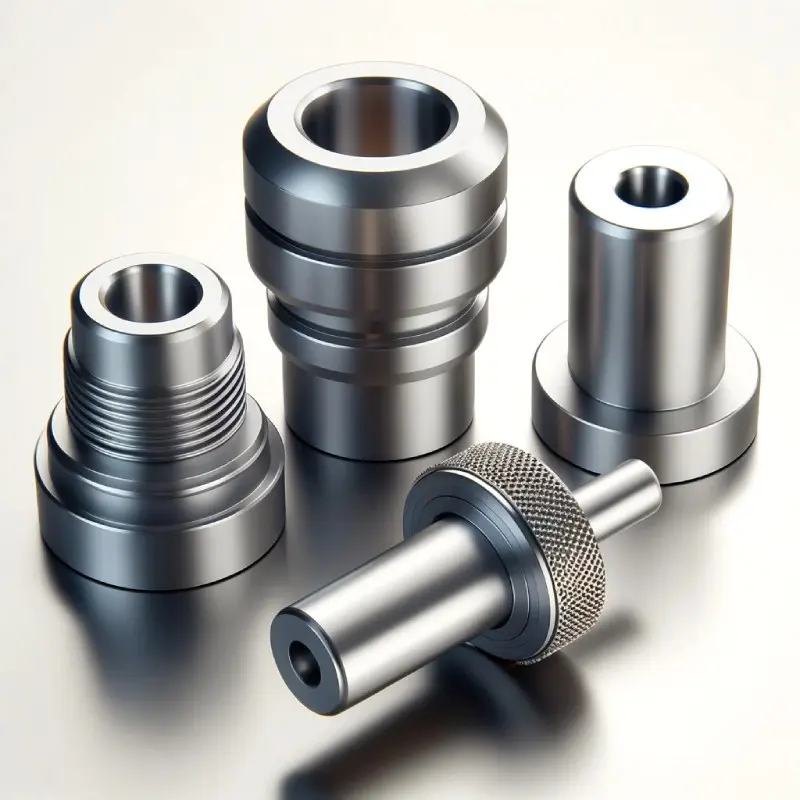
Achieve the perfect finish with our range of surface treatments. Whether you require anodizing, plating, or painting, we ensure your parts meet both aesthetic and functional specifications.
Here’s what our satisfied customers have to say about how we met their needs, Their words speak louder than ours.

Designer
Thrilled with the fast CNC production and top-notch parts! Excellent service and flawless surface finishes. Great job!

Business Owner
The level of expertise of their engineers and their ability to complete these projects in a short period of time is commendable and worthy of recognition.

Designer
The results were outstanding. We were manufacturing a large housing component for an aerospace application with extremely complex hole geometry.

Business Owner
Had a great experience with CNC MACHINING PTE. LTD! Alice’s communication and dedication were excellent, and the product quality exceeded expectations. Highly recommend!

Businessman
They handled all aspects of this turnkey project quickly, professionally, and cost-effectively. We look forward to working with them again on future projects.

Business Owner
This is the most professional CNC service provider I have ever worked with and it has been a pleasure to work with them since day one. I have been in procurement for over 15 years and have worked on many projects with suppliers from all over the world.

Business Owner
I have been with them from the beginning and have seen this progress and I am very satisfied. Thanks again to all of you and everyone else behind the scenes for doing a great job.

Business Owner
CNC MACHINING PTE. LTD can handle your CNC machining whether you need a few parts or over 10,000 end-use units. Check out the variety of custom CNC services we offer to take your designs from concept to reality quickly and accurately.
Our own internal processing capabilities: Five-Axis CNC 16 Units, Four-Axis CNC 12 Units, Three-Axis CNC 27 Units, 3 Axis CNC Mill, 3 Axis CNC Milling Machine, 3 Axis CNC Machine, 3 Axis CNC Router, 3+2 Axis CNC Machine, CNC Milling & Turning 46 Units. If you have larger processing needs, we can also meet them.
CNC (Computer Numerical Control) milling is a process used in manufacturing where a computer-controlled machine tool removes material from a workpiece to create a specific shape or design. The machine follows pre-programmed commands and instructions, which dictate the movement and operations of the tool. CNC milling machines are highly precise and can produce complex parts with detailed designs.
In CNC milling, the workpiece is typically secured on a table or in a fixture, and the cutting tool rotates at high speed to remove material, using various cutting techniques such as drilling, boring, and cutting along different axes (X, Y, and Z). The machine can also use multiple tools to perform different tasks during the same operation, increasing efficiency and precision.
CNC milling is widely used in industries like aerospace, automotive, electronics, and medical device manufacturing to create everything from prototypes to mass-produced parts. The key benefits of CNC milling include its precision, repeatability, and ability to handle complex designs.
Choosing CNC milling and turning services offers numerous benefits, making them a popular choice for industries that require high precision, efficiency, and quality in manufacturing. Here are several reasons why CNC milling and turning services are a great choice:
CNC machines are highly accurate and can produce parts with tolerances down to micrometers. This makes them ideal for industries such as aerospace, medical devices, and automotive, where precision is critical.
CNC milling and turning can create intricate, complex parts that would be difficult or impossible to achieve with traditional manual machining methods. They can handle multi-axis operations, allowing for detailed and sophisticated designs.
Once a CNC program is set up, it can be repeated as many times as needed without variation. This consistency ensures that every part produced meets the exact specifications, which is especially important for mass production.
CNC milling and turning are automated processes, reducing the need for manual labor and decreasing the chances of human error. This results in faster production times and lower costs, as machines can run continuously with minimal supervision.
CNC milling and turning can be used to machine a wide variety of materials, including metals, plastics, wood, and composites. This versatility makes them suitable for a wide range of industries and applications.
With CNC milling and turning, it is possible to quickly create prototypes from digital designs. This fast turnaround time allows for rapid testing and modifications before mass production, saving time and resources.
CNC milling and turning are efficient for both small batch production and high-volume manufacturing. While the initial setup cost may be high, the ability to produce large quantities of parts with minimal labor and waste makes it cost-effective in the long run.
CNC machines can achieve high-quality surface finishes on parts. Whether the part requires a smooth finish or a textured surface, CNC milling and turning can meet those demands with precision.
CNC machines are very efficient in terms of material usage. Since the cutting tool follows exact instructions, there is minimal material waste compared to traditional manual machining methods.
Many modern CNC systems allow for remote monitoring and troubleshooting. This ensures that any potential issues can be addressed quickly, improving overall productivity and minimizing downtime.
CNC milling and turning allow for highly customized parts. Adjustments to the design can be made through changes in the digital program, giving manufacturers flexibility in meeting specific customer requirements.
CNC machining is more automated than manual processes, reducing the need for operators to be directly involved in the cutting process. This reduces the risk of accidents and injuries on the shop floor.
By offering all of these benefits, CNC milling and turning services provide a robust, reliable, and cost-effective solution for producing high-quality parts and products across many industries.
Rotating Workpiece: Unlike CNC milling, where the tool rotates and the workpiece stays stationary, CNC turning involves rotating the workpiece while the cutting tool remains fixed or moves along different axes to shape the material.
Lathe Machine: CNC turning is performed using a lathe machine, which may have a single axis (for basic turning) or multiple axes (for more complex shapes). Advanced lathes can perform tasks like drilling, facing, boring, and threading.
Material Removal: The machine removes material from the workpiece using a cutting tool. The cutting tool may move linearly or radially to achieve the desired shape. The tool can also cut along the length of the part to reduce its diameter or remove material from the surface.
Precision: CNC turning provides high precision and accuracy, making it ideal for manufacturing parts with tight tolerances, such as shafts, bushings, and automotive components.
Types of Parts Produced: CNC turning is used to produce cylindrical, conical, and spherical parts, such as gears, pins, bushings, shafts, and pulleys. It’s well-suited for parts with rotational symmetry.
Multi-Axis Capabilities: Advanced CNC turning centers may have multiple axes, such as 2-axis, 3-axis, or even 5-axis, which allows the cutting tool to approach the workpiece from different angles and produce more complex geometries.
Automation: The CNC turning process is highly automated, meaning once the design and program are set up, the machine can run continuously with minimal operator intervention, improving efficiency and reducing the chance of errors.
CNC turning is widely used in various industries, such as automotive, aerospace, medical devices, and electronics, where precision and quality are critical.
CNC Milling and Turning are both advanced manufacturing processes used to create parts and products from various materials such as metals, plastics, and composites. Both rely on Computer Numerical Control (CNC) technology, which uses computers to control machine tools for highly precise and automated operations.
Here’s a breakdown of both processes:
CNC milling is a process where a rotating cutting tool is used to remove material from a stationary workpiece to create specific shapes. The cutting tool moves along multiple axes (X, Y, Z), which allows for intricate cuts, holes, and other features to be made with high precision.
How it works:
Applications:
Advantages:
CNC turning involves rotating a workpiece while a stationary cutting tool removes material to shape the part. It is most commonly used to produce parts that are cylindrical or conical in shape.
How it works:
Applications:
Advantages:
Tool Movement:
Shape of Workpiece:
Cutting Action:
Precision:
Both CNC milling and turning are essential and widely used in modern manufacturing, providing precision, automation, and the ability to produce high-quality, customized parts. Many manufacturers combine both processes to complete more complex projects, utilizing the strengths of each.
In summary, CNC milling is a highly efficient, automated process for creating parts with complex shapes, tight tolerances, and high precision. The machine works by using a rotating tool to remove material from a workpiece, following instructions from a pre-programmed G-code file. It is widely used in industries such as aerospace, automotive, electronics, and medical device manufacturing.
Maximum Dimensions (3-axis milling): 1500*800*300mm, 1270×508×635 (mm).
Maximum Dimensions (5-axis milling): 4000*400*150mm, 750x1150x550mm,
600*600*600mm, 500*500*450mm, 500*310*200mm,
Worktable Diameter Φ400 mm. All can be processed, and larger sizes can also be consulted by engineers
Machine Quality: Higher-end CNC mills, such as those made from precision-grade materials and advanced designs, can achieve tighter tolerances than lower-cost machines.
Machine Calibration: Regular calibration and maintenance of the CNC machine are essential to ensure it remains accurate over time. Poor calibration can lead to deviations in the final part.
Tool Wear: As cutting tools wear down, their ability to maintain accuracy diminishes. Regular tool replacement or sharpening is necessary for maintaining high precision.
Material Type: The type of material being milled can influence the final accuracy. Softer materials are easier to cut and maintain tight tolerances, while harder materials may cause slight deviations due to tool wear or cutting forces.
Cutting Parameters: Factors like feed rate, cutting speed, and depth of cut can influence the final result. Improper settings can lead to tool deflection or vibrations, which can impact the precision of the cut.
Thermal Effects: Heat generated during the milling process can cause expansion in both the machine and the workpiece. Advanced CNC machines often have cooling systems to manage heat and prevent thermal expansion from affecting precision.
Setup and Fixturing: How well the workpiece is secured to the CNC machine also affects its accuracy. Poor fixturing can lead to slight shifts or misalignments during the cutting process.
CNC milling is more accurate than traditional manual machining and many other manufacturing methods, including casting or forging, because of its automation and precise control. However, in terms of ultimate accuracy, CNC grinding or CNC turning (with high-precision lathes) may be able to achieve even tighter tolerances for specific applications.
In CNC milling, accuracy is typically measured in terms of positional accuracy and dimensional accuracy:
In summary, CNC milling is highly accurate, with typical tolerances ranging from ±0.005 mm to ±0.0002 inches. Factors such as machine quality, calibration, material choice, and cutting parameters all play a role in determining how accurate the final product will be. For most industries, CNC milling is more than capable of meeting the required precision levels.
CNC Milling:
CNC Turning:
CNC Milling:
CNC Turning:
CNC Milling:
CNC Turning:
CNC Milling:
CNC Turning:
CNC Milling:
CNC Turning:
CNC Milling:
CNC Turning:
| Feature | CNC Milling | CNC Turning |
|---|---|---|
| Tool Movement | Tool moves around stationary workpiece | Workpiece rotates, tool remains stationary |
| Workpiece Shape | Flat, irregular, and complex geometries | Cylindrical, conical, or round parts |
| Number of Axes | Typically 3, 4, or 5 axes | Typically 2 axes (X, Z), may have live tooling |
| Applications | Complex parts with various features | Rotationally symmetrical parts (shafts, etc.) |
| Tools Used | Rotating tools (end mills, drills, etc.) | Stationary tools (turning tools, drills) |
| Surface Finish | High precision for complex designs | High surface finish for round parts |
| Best For | Detailed, multi-featured parts | Cylindrical, high-volume production parts |
In many cases, both CNC milling and turning are used in the same project, as they complement each other to produce parts that require both cylindrical features (from turning) and complex geometries (from milling).
Machining Flat Circular Pieces:
Creating Circular Holes or Features:
Creating Cylindrical or Rotationally Symmetrical Features:
Circular Profiling:
In summary, CNC milling can indeed be used to create circular parts, but for purely round, cylindrical, or conical components, CNC turning is typically the more suitable and efficient choice. However, when a circular feature is part of a more complex design, CNC milling offers the flexibility to achieve the required shape.
CNC milling can be used with various materials, including:
CNC milling machines are incredibly versatile, allowing for the production of a wide range of components and products across many industries. Whether it’s for precision automotive parts, intricate medical devices, complex aerospace components, or consumer goods, CNC milling provides the accuracy, flexibility, and efficiency required for modern manufacturing.
While CNC machining is a highly versatile and precise method for working with a wide range of materials, there are certain materials that are either challenging or impossible to machine effectively using CNC machines. These materials may pose difficulties due to their physical properties, such as hardness, brittleness, or thermal characteristics. Here's a list of materials that are difficult or impractical to CNC machine:
While CNC machines can process a wide variety of materials, those that are either too hard, brittle, soft, or thermally sensitive can pose challenges during machining. Special tools, techniques, or even entirely different manufacturing methods might be required for some materials. For highly specialized materials (like diamonds or certain advanced ceramics), non-traditional machining methods such as laser cutting or EDM (electrical discharge machining) are often employed instead of conventional CNC milling or turning.
The hardest materials to CNC machine are those like diamond, CBN, tungsten carbide, and high-speed ceramics. These materials require specialized tools, techniques, and cooling systems to effectively machine them. For machining these extremely hard materials, non-traditional methods such as EDM (electrical discharge machining), abrasive water jet cutting, or laser cutting are often used instead of standard CNC milling or turning processes.

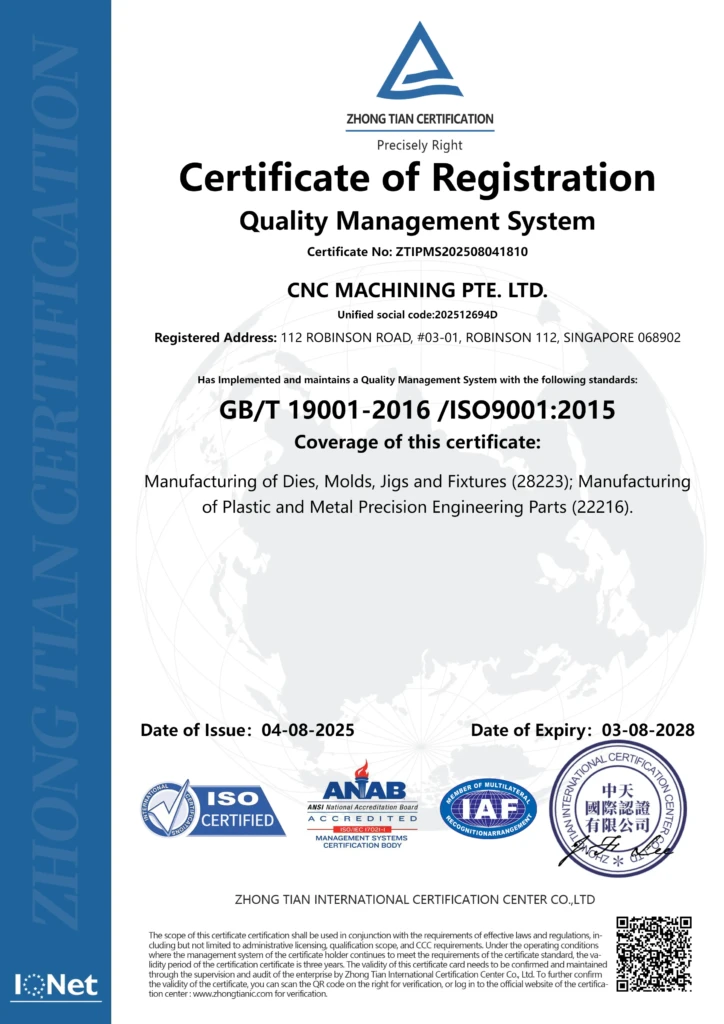
Impressed by the fast delivery and top-quality CNC parts! Your team's efficiency and personalized service were outstanding. Excited for future collaborations!